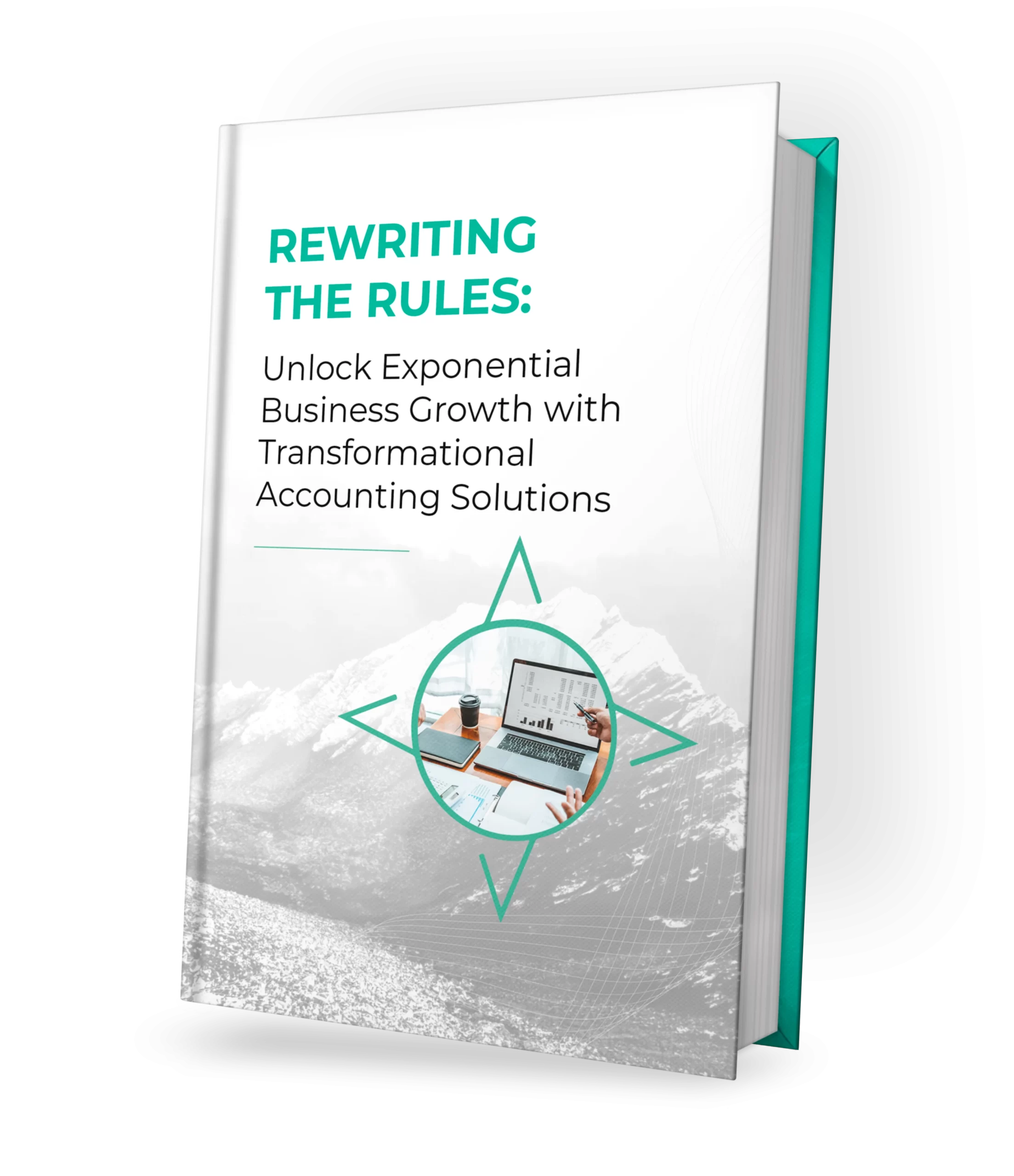In late December 2022, the President signed into law the Setting Every Community Up for Retirement Enhancement 2.0 Act of 2022 (SECURE 2.0).
If you are responsible for managing your company’s retirement plan or are thinking about adding a retirement plan benefit for your employees, this law contains many retirement (and some other) changes that you may want to familiarize yourself with.
It provides new incentives for employers to offer retirement plans to their employees and for the employees to participate and improve their retirement security. SECURE 2.0 helps employees and their beneficiaries, owner-employees, small businesses, and retirees, and eases costs and administrative burdens of retirement plans.
Below are some key highlights of the SECURE 2.0 Act.
Provisions Benefiting Small Businesses
The SECURE Act improves the small employer pension plan start-up cost credit for tax years starting after 2022. It makes the credit equal to the full amount of creditable plan start-up costs for employers with 50 or fewer employees. Previously only 50% of costs were allowed (which still applies to employers with 51 to 100 employees). The Act also retroactively fixed a technical glitch that prevented employers who joined multi-employer plans in existence for more than three years from claiming the start-up cost credit.
Perhaps the biggest change is that certain employer contributions for a plan’s first five years now may qualify for the credit. The credit is increased by a percentage of employer contributions, up to a per-employee cap of $1,000: It is 100% in the plan’s first and second tax years, 75% in the third year, 50% in the fourth, and 25% in the fifth. For employers with between 51 and 100 employees, the contribution portion of the credit is reduced by 2% times the number of employees above 50.
In addition, no employer contribution credit is allowed for contributions for employees who make more than $100,000 (adjusted for inflation after 2023). The credit for employer contributions also is not available for elective deferrals or contributions to a defined benefit pension plan.
Key Retirement Plan Provisions
New 401(k) and 403(b) plans adopted after December 29, 2022, must provide for automatic contributions for plan years starting after December 31, 2024. The deferral percentage must be between 3% and 10% of compensation, with automatic escalation of at least 1% per year up to a deferral rate of not less than 10% but not more than 15% (10% until January 1, 2025). Participants can opt out of automatic enrollment or automatic escalation.
Effective for plan years beginning after December 31, 2023, employers that do not sponsor a workplace retirement plan may offer a new, safe harbor “starter” deferral-only plan that automatically enrolls employees at 3% to 15% of their compensation. The annual contribution limit is the same as for IRAs ($6,500, with an additional $1,000 for catch up contributions for employees who are age 50 or older). Starter plans are exempt from most nondiscrimination testing rules.
The Act modifies the rules that apply to long-term part-time employees under a 401(k) or 403(b) plan subject to ERISA to reduce the service requirement for those employees from three years to two consecutive years, for employees who have worked for the employer at least 500 hours per year and have met the minimum age 21 requirement by the end of the two-year period. This change is effective for plan years beginning after 2024.
Before the Act, employers were not permitted to make matching or nonelective contributions on a Roth basis. For contributions made after December 29, 2022, however, a participant may designate some or all employer matching contributions and nonelective contributions as designated Roth contributions. This applies only to the extent that a participant is fully vested in these contributions.
Effective December 29, 2022, SECURE 2.0 enhances the IRS’s self-correction program to: (1) allow more types of errors to be self-corrected without an IRS filing, (2) apply to inadvertent IRA errors, and (3) exempt certain RMD failures from the otherwise applicable excise tax.
Provisions Benefiting Individuals
After 2023, the Act permits beneficiaries of 529 college savings accounts to make up to $35,000 of direct rollovers from a 529 account to their Roth IRA without tax or penalty as long as the 529 account has been open for more than 15 years. The rollover is limited to the amount contributed to the 529 account (and its earnings) more than five years earlier, and are subject to the Roth IRA annual contribution limits, but are not limited based on the taxpayer’s AGI.
Under the Act, the age used to determine required distribution beginning dates for IRA owners, retired employer plan members, and active-employee 5%-owners increases, in two stages, from the current age of 72 to age 73 for those who turn age 72 after 2022, and to age 75 for those who attain age 74 in 2032.
Starting in 2025, the Act increases the current elective deferral catch-up contribution limit for older employees from $7,500 for 2023 ($3,500 for SIMPLE plans) to the greater of $10,000 ($5,000 for SIMPLE plans), or 50% more than the regular catch-up amount in 2024 (2025 for SIMPLE plans) for individuals who attain ages 60-63. The dollar amounts are inflation-indexed after 2025.
The Act adds an exception after 2023 to the 10% pre-age-59½ penalty tax for one distribution per year of up to $1,000 used for emergency expenses to meet unforeseeable or immediate financial needs relating to personal or family emergencies. The taxpayer has the option to repay the distribution within three years. No other emergency distributions are permissible during the three-year period unless repayment occurs.
Beginning December 29, 2025, retirement plans may make penalty-free distributions of up to $2,500 per year for payment of premiums for high quality coverage under certain long term care insurance contracts.
Also, retroactive for disasters after January 25, 2021, penalty free distributions of up to $22,000 may be made from employer retirement plans or IRAs for affected individuals. Regular tax on the distributions is taken into account as gross income over three years and distributions can be repaid to a tax preferred retirement account.
For tax years beginning after December 29, 2022, the Act reduces the penalty for failure to take required minimum distributions from qualified retirement plans, including IRAs, or deferred compensation plans from the current 50% to 25% of the amount by which the distribution falls short of the required amount. It reduces the penalty to 10% if the failure to take the required minimum distribution is corrected in a timely manner.
For plan years after 2023, the surviving sole spousal designated beneficiary of an employee who passes away before required minimum distributions have begun under an employer qualified retirement plan may elect to be treated as if the surviving spouse were the employee for purposes of the required minimum distribution rules. If the election is made distributions need not begin until the employee would have had to start them.
To assist employees who may not be able to save for retirement because they are overwhelmed with student debt and are missing out on available matching contributions for retirement plans, the Act allows them to receive matching contributions by reason of their student loan repayments. For plan years after 2023, it allows employers to make matching contributions under a 401(k) plan, 403(b) plan, or SIMPLE IRA for “qualified student loan payments.”
States may establish tax-exempt Achieving a Better Life (ABLE) programs to assist persons with disabilities. Under current law, an individual must become disabled or blind before age 26 to be eligible to establish an ABLE account, but the Act raises the age threshold from 26 to 46. The change is effective for tax years beginning after 2025.
The Act allows law enforcement officers, fire fighters, paramedics, and emergency medical technicians to exclude from gross income certain service-related disability pension or annuity payments after they reach retirement age. The exclusion applies to amounts received for post-2026 tax years.
To facilitate the use of telehealth during the COVID pandemic, the CARES Act provided that coverage for telehealth and other remote care services would be disregarded coverage and could be provided before a High Deductible Health Plan minimum deductible was satisfied without causing a loss of Health Savings Account eligibility for plan years beginning before 2022. The Act extends the exception for telehealth and other remote care services and applies to plan years beginning after 2022 and before 2025.
The Act specifies that earnings attributable to excess IRA contributions that are returned by the taxpayer’s tax return due date (including extensions) are exempt from the 10% early withdrawal tax. The taxpayer must not claim a deduction for the distributed excess contribution, and applies to any determination of, or affecting, liability for taxes, interest, or penalties made on or after December 29, 2022.
At Proseer, we guide business owners and high-net worth individuals on how best they can optimize their tax position. If you have questions about the SECURE 2.0 Act, or retirement benefits in general, please feel free to contact us.

